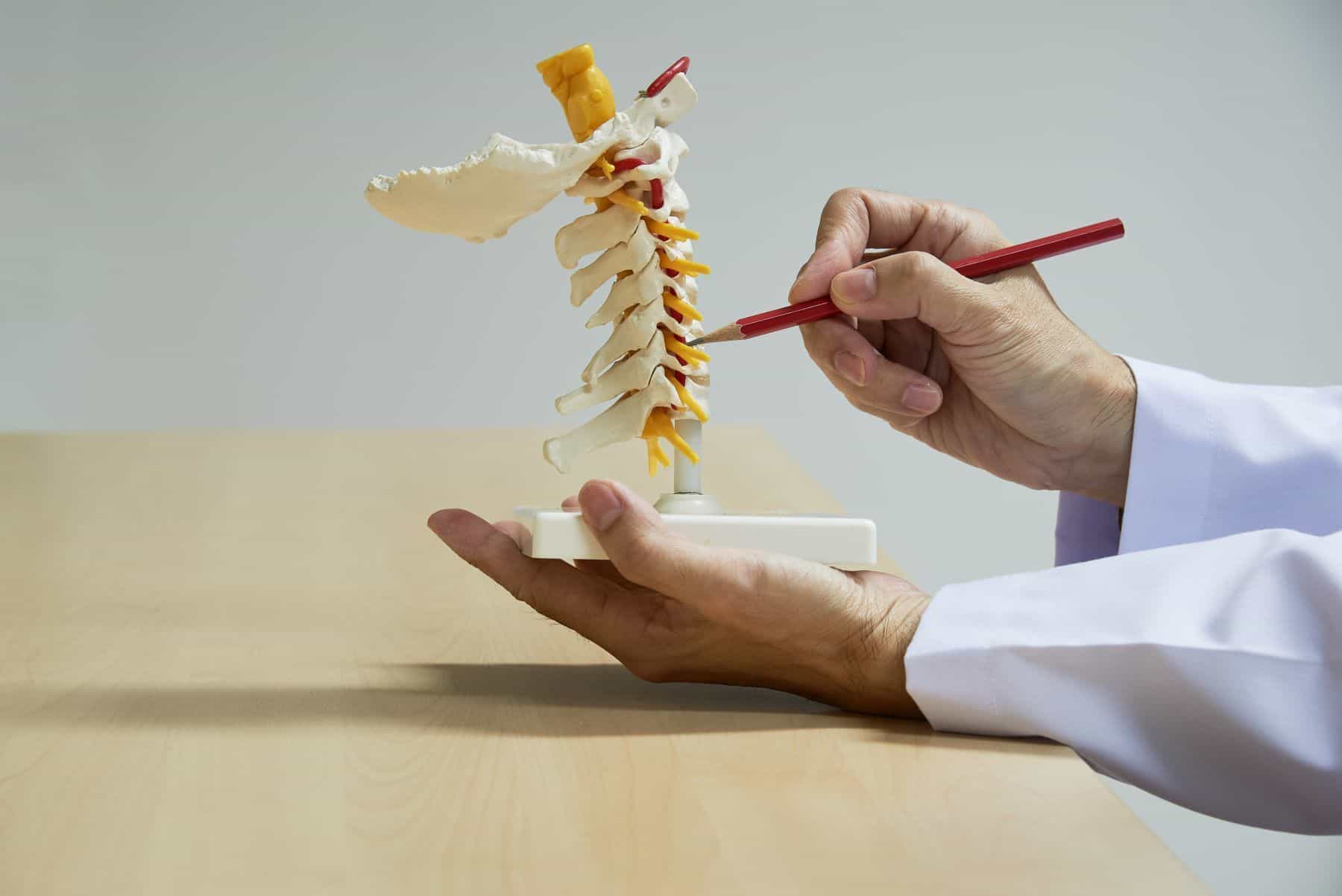Updated August 2, 2021
Medically Reviewed
Litigation Guides
Understanding Cauda Equina Syndrome Symptoms and Treatment
Lower back pain is a common condition impacting millions of people. But most cases don’t qualify as a medical emergency. Severe lower back pain, however, can be a symptom of a far more serious condition: cauda equina syndrome (CES). Cauda equina syndrome causes stem from nerve compression in the lower spinal cord. Common cauda equina syndrome symptoms include back pain, incontinence, and numbness. Cauda equina syndrome treatment also requires swift surgical intervention. Without attention, cauda equina syndrome recovery is not possible and can result in permanent paralysis. A timely diagnosis of cauda equina syndrome is crucial to avoid irreversible damage. In cases of misdiagnosis or delayed diagnosis, patients may have a basis for a malpractice action. For attorneys pursuing cauda equina syndrome cases, here’s what you need to know about this rare nerve injury.
Medically Reviewed
What is Cauda Equina Syndrome?
Cauda equina syndrome (CES) is a condition caused by spinal cord narrowing. The cauda equina describes the nerves located in the base of the spine. This nerve group controls the motor and sensory function in the pelvis, lower limbs, bowls, and bladder. Cauda equina syndrome occurs when these nerves are compressed or inflamed.

Cauda Equina Syndrome Causes
Several injury types can cause the spinal cord compression behind cauda equina syndrome. But the most common cause is a herniated disc in the lower spinal cord. A spinal disc can push onto the cauda equina and damage the nerves. Other causes include infections, surgical complications, and anesthesia.
Cauda Equina Syndrome Symptoms
Cauda equina syndrome’s classic symptoms include lower back pain, bladder/bowel incontinence, and sexual dysfunction. Additional symptoms are numbness or tingling in the groin/inner thigh area and shooting pains in the lower body.
Understand the diagnostic details in your cauda equina syndrome case
Cauda Equina Syndrome Diagnosis
Time is crucial to effective cauda equina syndrome treatment. Clinicians must be vigilant to symptoms—particularly any bladder dysfunction or loss of sensation around the groin. Timely diagnosis also requires imaging to fully view the spinal damage. Ideally, treatment should begin within days of a patient’s symptoms beginning. Delayed treatment can mean permanent paralysis and urinary incontinence.
Cauda Equina Syndrome Treatment
Cauda equina syndrome may appear in two ways: acute onset or gradual onset of symptoms. The majority of cases, however, fall into the acute onset categorization. For either case type, surgical treatment is required. Surgery is able to relieve pressure on the spinal nerves. Patients who undergo surgery within roughly one day of their symptoms’ onset have the greatest chance for a full recovery.
Cauda Equina Syndrome Diagnostic Challenges
Cauda equina syndrome is rare and its symptoms can overlap with other conditions. These factors can make diagnosis a challenge for clinicians. But when timely diagnosis and surgical intervention is paramount, clinicians must pay close attention. Guillain-Barre syndrome and Gitelman’s syndrome can both mimic CES, but with far less serious risks.
This Litigation Guide was medically reviewed by Ricky Siddiqui, M.S., M.P.H., M.D. Candidate
Subscribe to our newsletter
Join our newsletter to stay up to date on legal news, insights and product updates from Expert Institute.
Request CES Expert Witness
We're here to help you build a stronger case. Retain a leading expert witness today.
Access tailored expertise on every case
Trust your expert immediately
Speak with your expert before retaining
Need your medical records reviewed? Consult one of our 75+ on-staff physicians who can help evaluate the strengths and weaknesses of your case.



